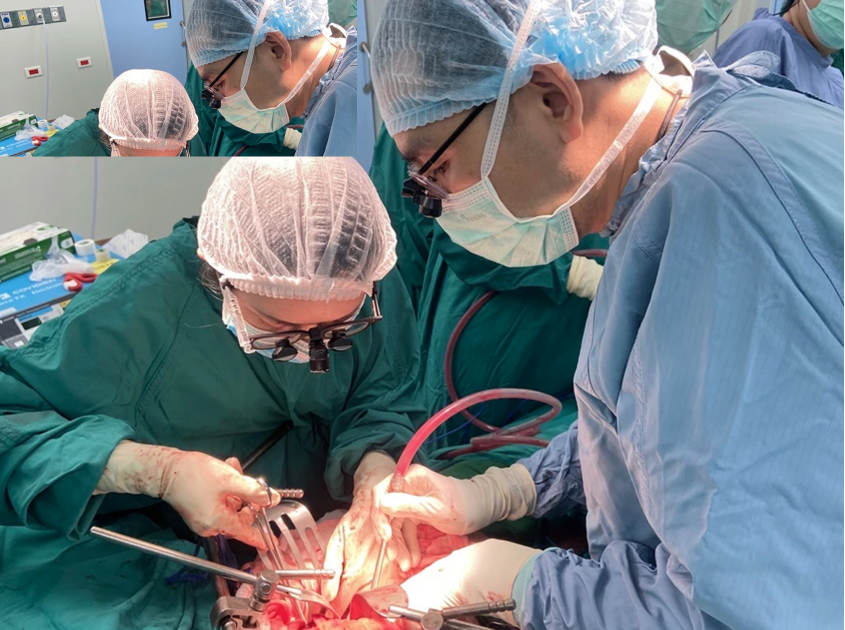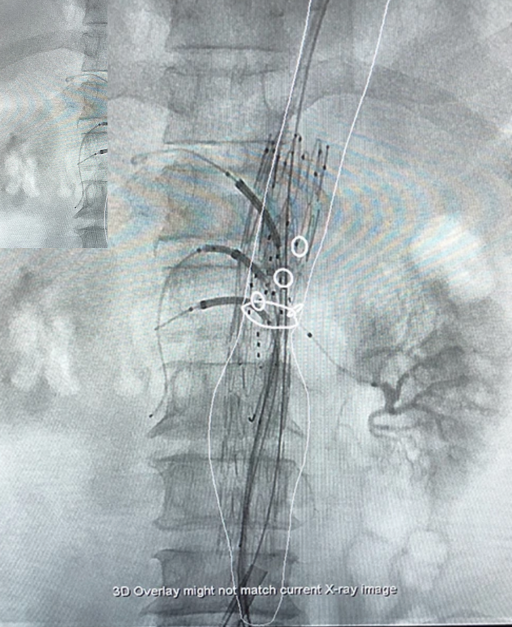Vascular surgeons and what tasks do they perform?

"If the body is compared to a house, blood vessels are the pipes that deliver water to each room, ensuring their appropriate function." Vascular surgeons or vascular physicians are consequently comparable to plumbers in that they facilitate blood circulation to ensure that all organs receive appropriate oxygen and function effectively. Many individuals question the nature and function of vascular surges. The article then outlines their professions and the six vascular diseases in which they specialize.
- Aneurysm
An aneurysm is the enlargement of a blood vessel to greater than 1.5 times its normal size. It is typically observed in the abdominal aorta. Despite this, about 80% of persons are asymptomatic. The remaining patients may develop abdominal pain and aeteries wall ruptures. Without prompt treatment, an aneurysm can be fatal. This problem may be treated with open surgical repair or endoscopic surgery (EVAR).
- Peripheral Arterial Disease (PAD)
PAD is typically caused by high calcium accumulation in the arteries. The symptoms range from discomfort in the legs when walking (claudication) to leg pain while sleeping (rest pain). In certain extreme situations, leg ulcers are seen. Diabetes was discovered to increase blood clots in an artery. The treatment options include bypass surgery, balloon angioplasty, and endovascular therapy.
- Venous Disease (Vascular Disease)
Symptoms of venous disease (varicose vein) include telangiectasia, varicose vein, swelling legs, darker ankle skin (hyperpigmentation), and skin stiffening (lipodermatosclerosis). In extreme circumstances, chronic venous ulcers might be observed. Available therapies include medication, sclerotherapy, open surgery, endovenous ablation, and others. Vascular surgeons also specialize on deep vein thrombosis and the newest disease, pelvic venous diseases, in addition to coronary artery disease.
- Vascular Access
Patients with renal failure require vascular access to transport blood to the dialysis machine via soft tubes. The duties of vascular surgeons include the insertion of double lumen catheters, tunnel-cuff catheters, arteriovenous fistula formation, and kidney transplants.
- Cerebrovascular Disease
Cerebrovascular disease (also known as stroke) is one of the vascular surgeons' responsibilities. To cure the disorder, the hardened layer of the arteries in the neck must be peeled away or a coil must be inserted to maintain the blood vessels in the brain functioning more efficiently and lower the chance of recurrent stroke.
- Others
In addition to the aforementioned fields, vascular surgeons also assist other physicians with patient care, such as port insertion for chemotherapy in cancer patients and intraoperative consultation in the event of vascular injury during surgery.

In conclusion, the duties of vascular surgeons encompass all systems, as they are responsible for assisting physicians from all departments with patient care. The author hopes you will have a greater appreciation for their professions and responsibilities.

References:
Benyakorn, ศัลยแพทย์หลอดเลือดคือใคร และรักษาอะไร?, Manager Online, 2022, https://mgronline.com/onlinesection/detail/9650000076725, (accessed 26 November 2022)
Thammasat University
Share this article
More Articles
Discover more insights on health care and medical tourism.

What Is Hand Tremor? Understanding the Causes and the Right Ways to Treat It
Hand tremors are a common issue that many people experience in daily life—whether holding a cup of coffee, writing, or using a mobile phone. Noticing your hands shaking can be worrying, but in reality, tremors vary widely in severity and can arise from many different causes, ranging from minor, temporary issues to medical conditions that require proper treatment. This article will help you understand what hand tremors are, the underlying causes, and the correct treatment approaches, so you can take care of your health confidently and effectively.

Assisted Reproductive Technology (IVF / ICSI)
Starting a family is one of life’s most meaningful milestones, yet some couples may require additional support through modern reproductive technologies such as IVF or ICSI. These methods significantly enhance the chances of achieving a safe and successful pregnancy. This guide provides a clear overview of everything you need to know before beginning treatment—from required documents and pre-treatment preparation for both men and women, to each step of the IVF/ICSI process and the timeline involved. With this information, couples can approach their fertility journey with confidence, clarity, and proper medical guidance.

45+ Ageism AI Human Value
Recently, many have heard news about companies refusing to hire people aged 45 and above. This reflects the reality of Ageism age-based discrimination in labor markets both in Thailand and abroad.